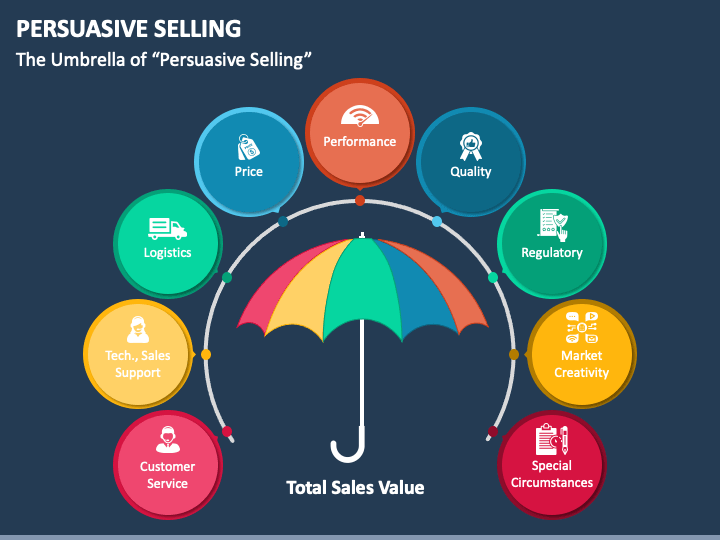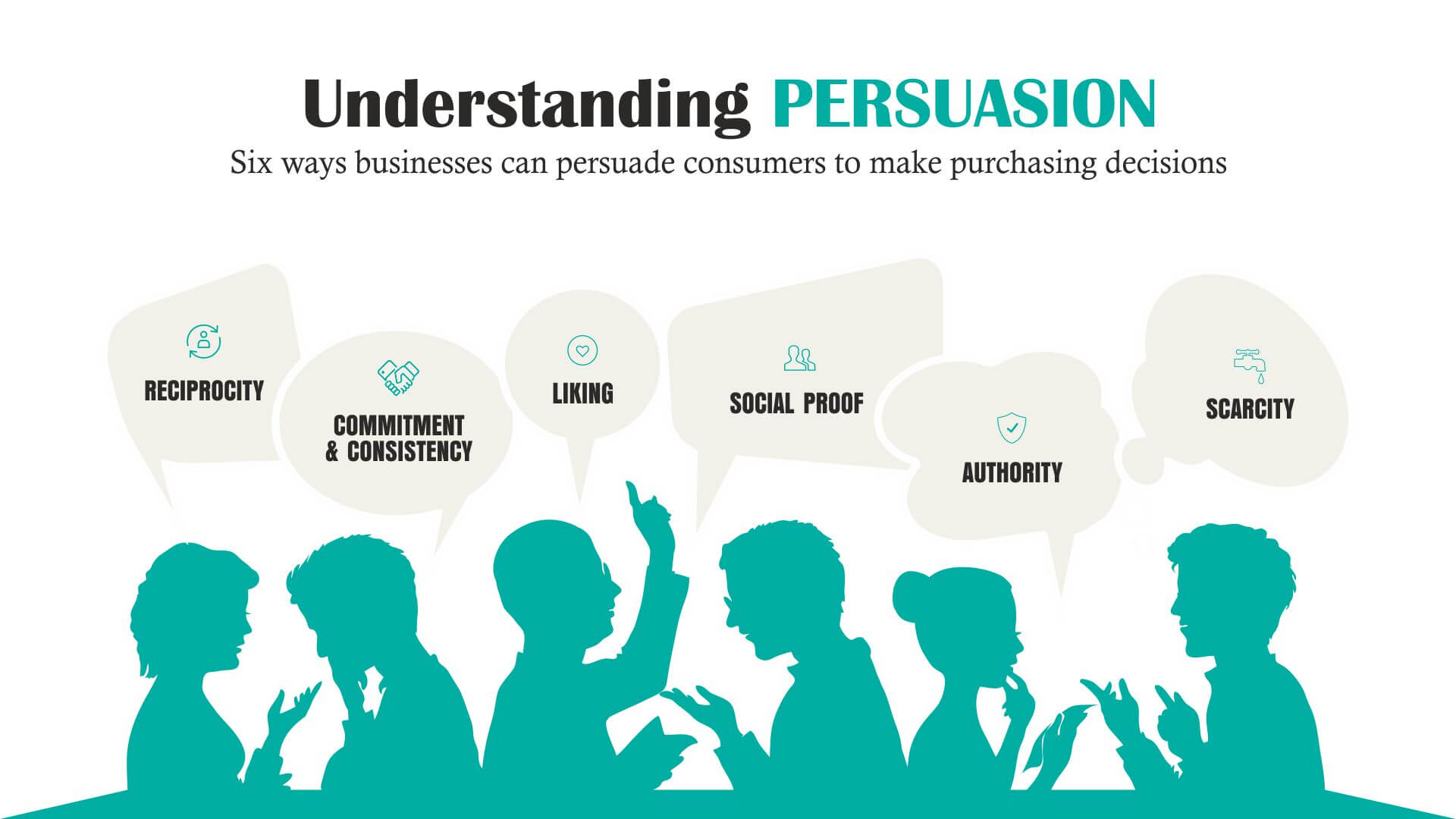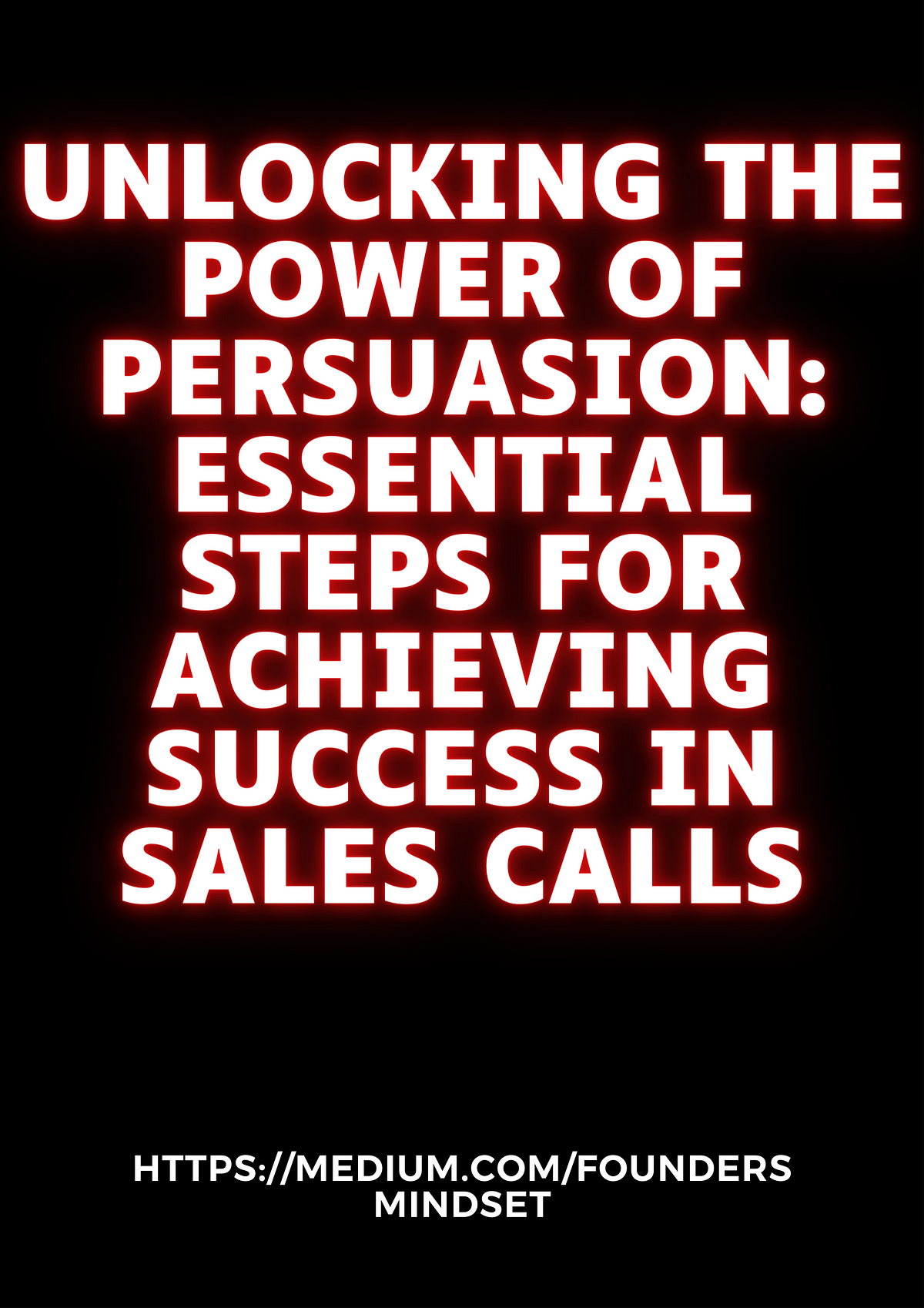Unlocking the Power of Persuasion: A Guide to Selling Your Product or Service

As an interior design and architectural expert, I’ve learned that the most successful products and services aren’t just about functionality; they’re about solving problems and fulfilling desires. To truly resonate with your ideal customer, you need to understand their needs, speak their language, and showcase how your offering can transform their lives.
Let’s break down the art of persuasive communication and discover the key features and benefits you should highlight to make your product or service irresistible.

1. Defining Your Ideal Customer:
Before diving into features and benefits, it’s crucial to understand who you’re selling to. This involves creating a detailed buyer persona, outlining their:
- Demographics: Age, gender, location, income, education, profession
- Psychographics: Values, interests, hobbies, lifestyle, aspirations, fears
- Needs and Pain Points: What problems are they facing? What are they looking for?
- Motivations: What drives their purchasing decisions?



Example: Let’s say you’re selling a line of sustainable, eco-friendly furniture. Your ideal customer might be a young professional living in a bustling city who values environmental responsibility and modern design. They’re likely concerned about the impact of traditional furniture production and are looking for stylish, durable pieces that align with their values.
2. Identifying Key Features and Benefits:

Once you know your target audience, you can pinpoint the features and benefits that will resonate most strongly.
Features: These are the tangible attributes of your product or service. They answer the question: "What does it do?"

Benefits: These are the intangible advantages your customer receives from using your product or service. They answer the question: "What’s in it for me?"

Example:
- Feature: Your sustainable furniture is made from reclaimed wood.
- Benefit: This reduces your carbon footprint and supports responsible forestry practices.


3. Creating a Compelling Value Proposition:
Your value proposition is a concise statement that outlines the unique value your product or service offers to your target customer. It should be clear, concise, and persuasive.
Here’s a formula for crafting a strong value proposition:

- For [target customer], who is [customer pain point], [product/service] is a [product/service category] that [key benefit] by [unique feature].

Example:
- For eco-conscious city dwellers, who are concerned about the environmental impact of furniture production, [your brand name] is a line of sustainable, modern furniture that reduces your carbon footprint and supports responsible forestry practices by using reclaimed wood.

4. Highlighting the "Why It Matters" Factor:
Don’t just list features and benefits; explain why they matter to your customer. Connect the dots between your product and their needs and desires.
Here are some powerful ways to showcase the "why it matters" factor:
- Tell stories: Share real-life examples of how your product or service has solved problems or improved lives.
- Use testimonials: Feature quotes from satisfied customers who attest to the value they’ve received.
- Demonstrate: Show your product or service in action, highlighting its unique capabilities.
- Use visuals: Engaging images and videos can bring your product or service to life and create an emotional connection.
5. Emphasize the Unique Selling Proposition (USP):
What makes your product or service stand out from the competition? Identify your USP and emphasize it throughout your marketing materials.
Here are some examples of USPs:
- Superior quality: Your product is made with the highest quality materials and craftsmanship.
- Unmatched customer service: You offer exceptional support and go the extra mile to ensure customer satisfaction.
- Unique design: Your product features a distinctive and innovative design.
- Competitive pricing: You offer a compelling value proposition at an affordable price.
6. Tailoring Your Message:
Remember that different customers have different needs and priorities. Tailor your message to the specific audience you’re addressing.
Example:
- When marketing to eco-conscious consumers, focus on the sustainability and ethical sourcing of your products.
- When targeting busy professionals, emphasize the time-saving and convenience benefits of your service.
7. Creating a Call to Action:
Tell your customers what you want them to do next. Make it easy for them to take the next step, whether it’s visiting your website, requesting a quote, or making a purchase.
Examples of effective calls to action:
- "Learn more about our sustainable furniture collection today."
- "Schedule a free consultation to discuss your design needs."
- "Order now and receive free shipping."
8. Continuously Improve and Adapt:
The market is constantly evolving, so it’s essential to continuously analyze your customer feedback and adjust your messaging accordingly. Track your results, experiment with different approaches, and refine your communication strategy over time.
Applying these principles to your specific product or service:
To illustrate these principles, let’s imagine you’re selling a line of custom-designed, sustainable home décor items.
Target Customer: Eco-conscious homeowners who value unique and personalized design.
Key Features:
- Sustainable materials: Reclaimed wood, recycled glass, organic fabrics
- Handmade craftsmanship: Each piece is individually crafted by skilled artisans.
- Customizable designs: Clients can choose from a range of styles and personalize their pieces.
- Ethical sourcing: All materials are sourced responsibly and ethically.
Benefits:
- Reduce environmental impact: Supports sustainable practices and minimizes waste.
- Unique and personalized design: Creates a truly one-of-a-kind look for your home.
- High quality and durability: Handcrafted pieces are built to last.
- Support local artisans: Contributes to the livelihoods of skilled craftspeople.
Value Proposition:
- For eco-conscious homeowners, who desire unique and personalized design, [your brand name] offers a line of custom-designed, sustainable home décor items that reduce your environmental impact, create a truly one-of-a-kind look for your home, and support local artisans.
USP: Customizable, sustainable home décor handcrafted by skilled artisans.
"Why it Matters" Factor:
- Tell stories: Share the stories of the artisans who create your products and the impact your sustainable practices have on the environment.
- Use testimonials: Feature quotes from satisfied customers who rave about the unique and personalized design of your pieces.
- Demonstrate: Showcase your products in stunning lifestyle photography and videos that highlight their beauty and craftsmanship.
Call to Action:
- "Visit our website to explore our collection and design your dream home décor."
- "Contact us today to schedule a free consultation and discuss your personalized design needs."
Remember: Your communication should be authentic, engaging, and focused on solving your customer’s problems. By understanding their needs, highlighting the benefits of your product or service, and building a strong connection, you can turn potential customers into loyal advocates for your brand.

